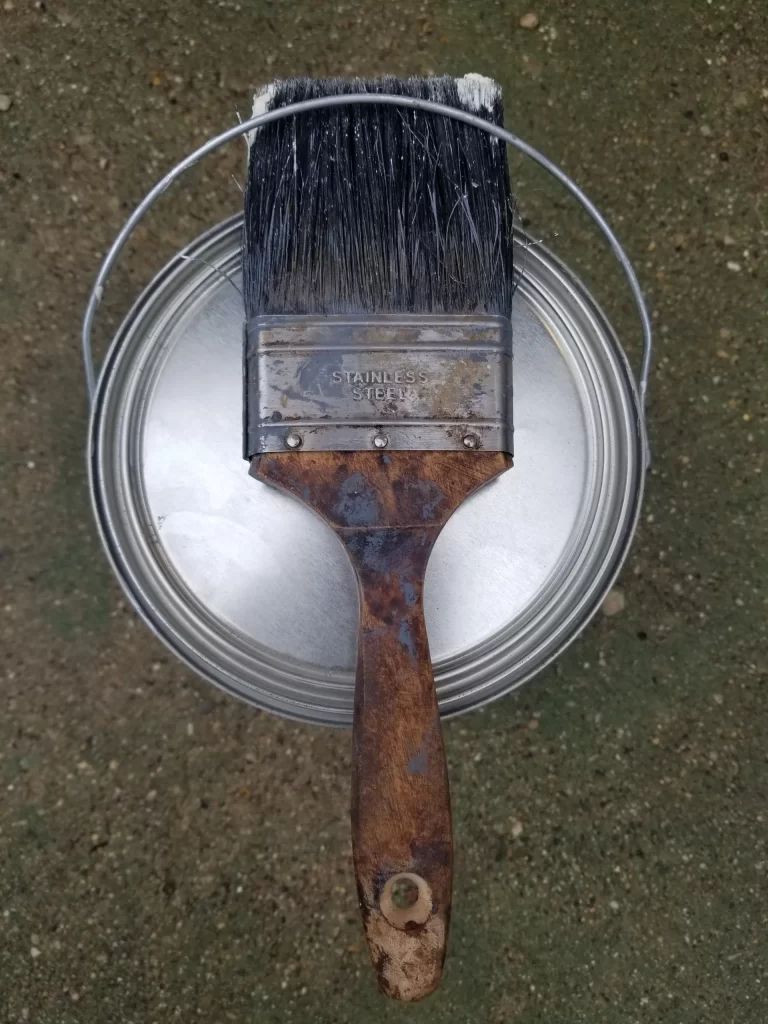Winter brings with it plummeting temperatures in most parts of the country. As soon as the leaves begin to fall, we begin the countdown to the first snowfall and homeowners should begin to prepare their homes for the winter.
Frozen and broken pipes are common and an expensive disappointment many people face in their homes. During the cold season, pipe breakage is a common cause of property damage and the potential water damage resulting from the pipes freezing cost at least $5,000 to repair, and in some cases, even more.
However, you can take steps to avoid frozen pipes and ice blockages while also protecting your water supply system. Although keeping your pipes warm in the winter months may slightly increase your heating costs, the inconvenience and frustration that can be avoided are worth spending a little extra money to avoid.
How to avoid frozen pipes
For those who have never experienced a broken pipe, believe me, it’s not something you want to go through. It is important to remember that the homeowner is responsible for taking the necessary precautions and appropriate measures to prevent pipe-freezing or breakage. If this is not done, your insurer may not meet your escape of water claim.
It’s better to be safe than sorry when caring for your pipes beforehand than to spend the large amounts of money required to repair them.
How to Thaw Frozen Pipes
If you turn your faucet on and water trickles, more than gushes out, then a frozen pipe is possibly the cause. The probable locations for a frozen pipe include the exterior walls or the area where your water supply system enters your home, around the basement or foundation of the home.
To thaw your frozen pipe, keep the faucet on. When the pipes start to thaw and the ice begins to melt, water will start flowing through the frozen area. Running water through the pipes will help the ice melt more quickly.
There are several methods available to thaw the pipes yourself, many of which you probably already have at your fingertips. Always be sure to use caution, but items such as electric heating pads, hairdryers, portable heaters or even towels soaked in hot water can be used to get the job done. Blowtorches, propane or kerosene heaters and anything with an open flame should never be used.
Apply the heat until the water pressure is restored fully. If the frozen area cannot be identified or if the area is inaccessible or cannot be thawed, contact an authorized plumber.
Check the other faucets in the house as well for any more area with a frozen pipe. If a pipe is frozen, others can also freeze as well.


